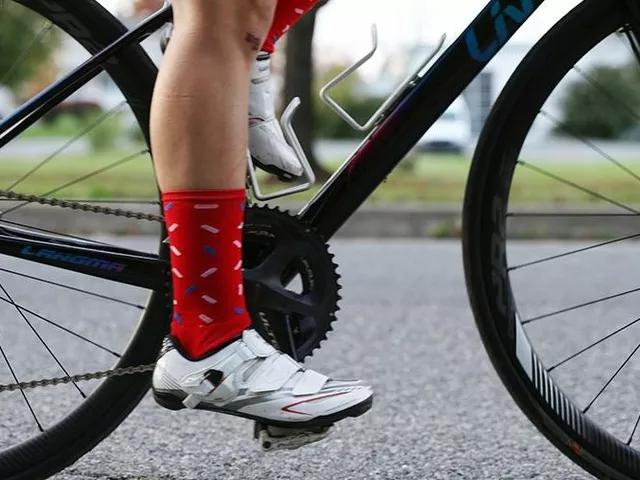Explore Africa on Two Wheels: Routes, Gear and Tips for Every Rider
If you’ve ever dreamed of pedaling through deserts, rainforests and coastal towns, Africa is a playground you can’t ignore. The continent offers everything from quiet vineyard trails in South Africa to rugged mountain passes in the Atlas range. Below you’ll find the most practical advice to start planning your African bike adventure.
Where to Ride: Must‑See African Cycling Hotspots
South Africa’s Garden Route is a favorite for its sea‑side roads, gentle climbs and plenty of cafés for a coffee break. In Kenya, the Great Rift Valley provides high‑altitude routes that test your legs while rewarding you with stunning lake views. Morocco’s Atlas Mountains blend challenging climbs with historic villages, perfect for riders looking for culture plus cardio. If you prefer a flatter ride, the Nile Delta in Egypt offers long, quiet roads lined with palm trees – ideal for a relaxed multi‑day trip.
Gear Up: What to Pack for African Terrain
Think light but sturdy. A wide‑tire gravel bike handles sand, gravel and potholes better than a slick road bike. Pack a basic tool kit, spare tubes, and a mini pump – remote bike shops can be hours away. Sun protection is non‑negotiable; a good UV‑blocking jersey, sunscreen and a brim hat keep you safe on open stretches. For safety, a portable lock and a simple GPS device or phone app help you stay on track in remote areas.
Local food is a highlight, but you’ll need to stay hydrated. Carry at least two liters of water per day and a water‑filter if you plan to refill from streams in rural zones. A compact first‑aid kit with band‑aids, antiseptic wipes and pain relievers is a smart addition, especially on long rides where help may be far.
Visas and vaccinations vary by country, so check the latest requirements early. A travel insurance policy that covers cycling accidents gives you peace of mind and can save money if you need medical help abroad.
When you reach a town, ask locals for route suggestions. Riders often know hidden paths that aren’t on any guidebook. Friendly cafés double as meeting spots where you can swap stories, refill your water bottle and get a quick snack before hitting the road again.
Timing matters. The dry season, typically May to October in East Africa and November to March in South Africa, offers the most reliable road conditions. Avoid the rainy months unless you’re prepared for mud and possible road closures.
Finally, respect the environment. Stick to marked trails, carry out any trash and keep noise levels low in wildlife areas. The more you protect the scenery, the better it stays for future riders.
Ready to start your African cycling journey? Pick a region, check the gear list, and set a date. With the right prep, you’ll experience some of the most varied and breathtaking rides on the planet – all on two wheels.

Why are foot races won by Africans and bike races not?
African runners have been dominating the international running scene for decades, winning many of the world's most prestigious races. This dominance has been attributed to their superior genetics, specifically the ability to produce more hemoglobin, which can carry more oxygen to the muscles. However, their success in running events has not been seen in cycling, where Europeans have traditionally been the ones to dominate. This is due to the fact that cycling events require more than just physical strength and endurance, as the riders need to have a greater level of technical skill and knowledge to be successful. Additionally, cycling is a sport that requires a lot of expensive equipment, which African countries may not have access to.
View More



